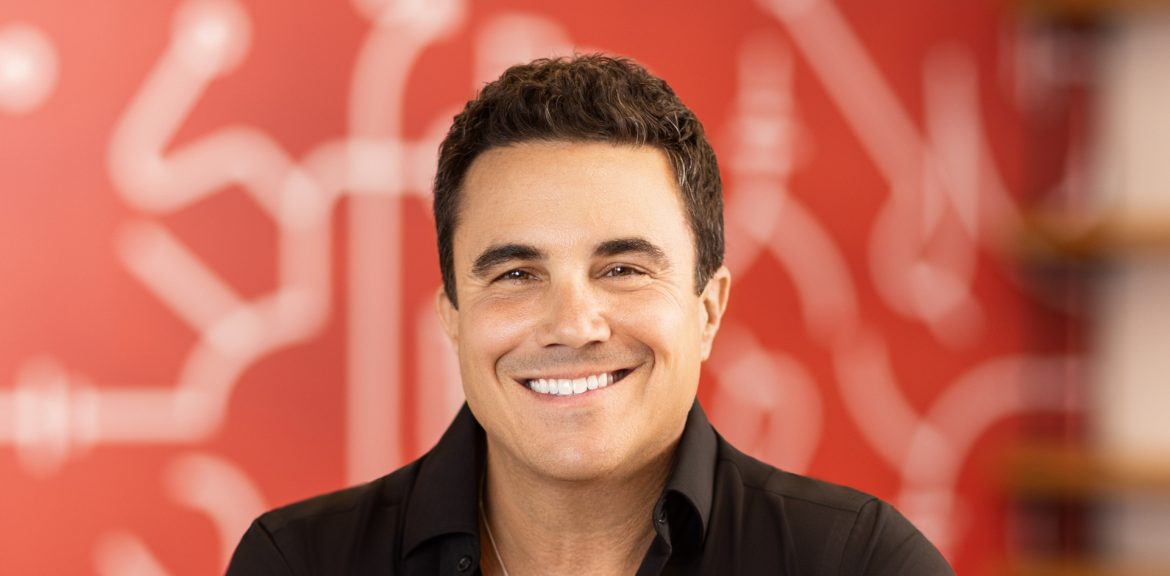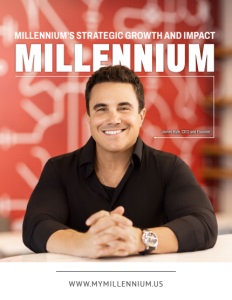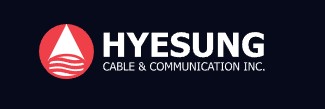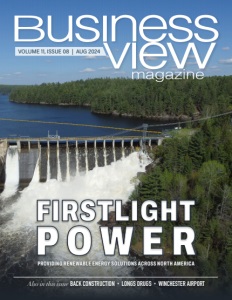Millennium
Millennium’s Strategic Growth and Impact
Supporting clients with innovative products and services and a personal commitment to community impact.
For 20 years, Millennium has long been recognized as a pillar in the materials distribution industry, catering primarily to small and mid-sized fiber-to-the -home or fiber-to-the-tower providers. Yet it has recently garnered rapid acclaim for its expansive growth of solutions that transcend beyond traditional distribution roles. With a vast inventory selection sourced from over 250 vendors and strategically located warehouses, Millennium ensures timely delivery and streamlined logistics for every project. The company’s comprehensive solutions span initial feasibility studies and GIS network design to aid in funding, construction efficiency, and equipment acquisition.
James Kyle, the visionary CEO and founder, elaborates on this operational model, emphasizing the company’s unique approach. “We’re a wholesale materials distributor at our core, but we’ve added a number of different solutions,” he explains. “Our intention is to be the only company of our kind focused on accelerating our clients’ ability to connect people to their networks, enabling them to monetize their builds sooner than they would without our assistance.”
This ambitious strategy has fueled its impressive growth. Reflecting on the past two years, Kyle shares, “We ended up taking on an investment partner, Carlson Private Capital out of Minneapolis. They’ve been instrumental in aiding our geographic expansion and enhancing the services we provide. We’ve more than doubled in size over the last two years.”
Kyle’s appreciation for the partnership is evident. “It really has been a positive experience, which is something I didn’t hear much about before taking on a partner,” he admits candidly. This collaboration has brought a new level of sophistication to the company’s operations, enabling them to look at different markets more strategically and make a more significant impact.
Rural Expansion and Economic Impact
The COVID-19 pandemic has significantly reshaped various sectors, with broadband and telecommunications experiencing notable transformations. As remote work became the norm, the demand for high-speed internet in rural areas surged. This shift prompted a reevaluation of how connectivity affects these communities and the broader economic landscape.
Kyle remarks, “During COVID, many people moved out of metro areas where they were accustomed to having high-speed access and relocated to more rural areas. The focus on getting them broadband has kept people in these rural areas. We used to call it a brain drain in small towns, where the smartest and the best people left for better opportunities. We’re now seeing a reversal of that trend.”
He continues to highlight the broader economic implications of improved rural connectivity. “We’ve seen some really good professionals relocate and stay in the rural communities we service. Along with that, wages in general have increased. A lot of the wage increases are due to inflation, but we’ve also seen level-setting where remote workers can be just as productive as they would be in an office. By default, they’re being paid the same, which raises the bar for wages across the US, not just in major metro areas.”
Kyle’s insights extend to the broader role of the telecommunications sector as an economic driver. “Our industry, as far as an economic driver, really is the foundation for every other industry to grow. Whether it’s tech-based, bringing back some manufacturing in the form of chips to places like Ohio, automated vehicles, or construction, all of that requires infrastructure that’s only currently halfway built,” emphasizing the critical role broadband connectivity plays in fostering economic development across various sectors.
Innovations and Expanded Capabilities
 As Millennium continues to grow, innovation remains a cornerstone of its strategy. The company has evolved from its origins into a multifaceted solutions provider, focusing on areas where clients face significant challenges.
As Millennium continues to grow, innovation remains a cornerstone of its strategy. The company has evolved from its origins into a multifaceted solutions provider, focusing on areas where clients face significant challenges.
Kyle outlines this transformation, noting, “What started out as a wholesale distribution company, really just a material supplier, but then we began to leverage that and explore underserved regions of the country.” This exploration revealed a critical need in the engineering domain. “A lot of places were engineering in a, you know, analogue dimension. So just looking at a map and drawing lines on a map. We introduced some relatively low-cost tools using GIS technology—geospatial information systems. These tools tie real-time data sources to advanced imagery and mapping, which helps our clients apply for grants faster, design accurately, and integrate in real-time with their contractors.”
The GIS tools have had a significant impact. “It speeds up the process and gives them a product at the end of their construction process to manage and track the network,” Kyle explains. This business unit, while operating at a modest size, operates with impressive efficiency, achieving substantial output and delivering remarkable positive results.
In addition to engineering innovations, Millennium has addressed the financial hurdles small companies face when securing and executing grant-funded projects. “The grant programs that have come out make it pretty difficult for small companies to not just secure the grants, but to actually execute on them,” Kyle says. He explains that these programs often require recipients to fund the construction upfront and get reimbursed later, a challenge for many small businesses.
To bridge this gap, Millennium created a specialty finance fund that provides short-term construction loans. “We’re able to use our geospatial engineering resources to do some underwriting. We help clients track and report on the critical milestones necessary for funding of each project. And then we provide financing opportunities that no one else in our space right now is providing,” Kyle elaborates. This financing solution ensures that companies can progress to a point where they can receive grant funds and eventually secure traditional financing.
Millennium recognizes that financial requirements extend beyond the initial network planning stages, often requiring additional solutions, as a project evolves. In 2012, Millennium developed its equipment division to assist contractors in accessing affordable, dependable equipment for network construction. By offering several leasing and rental options, Millennium ensures that clients can access top-quality equipment, helping them scale their operations or overcome unexpected challenges without straining their cash flow—all while adhering to project timelines.
Strategic Growth and Workforce Philosophy
Millennium continues to adapt its strategies to align with the current market demands and the needs of its clients. While the company isn’t aggressively hiring at the moment, it has made significant strides in enhancing its capabilities through acquisitions and a strong focus on core values.
Kyle acknowledges the slowdown in industry growth, stating, “The industry has slowed down a bit, and we hired so much over the past two years that our infrastructure is right sized for the demand.” Despite this, the company has strategically expanded its expertise. “We did make an acquisition towards the end of last year of a traditional engineering firm,” he shares. This acquisition is aimed at supplementing client needs, particularly as many clients are reducing their in-house staff in areas like material management and engineering. “The whole intention of bringing in additional engineers was to supplement what our clients are doing in-house with a domestic workforce that can fill in and be scalable for some of the things they need to have done,” he explains.
Millennium’s approach to staffing is driven by a clear set of expectations and a culture that encourages innovation and entrepreneurship. “Every role that we have has pretty clear expectations set. But we also encourage people to be entrepreneurs and come up with some innovation,” Kyle says. This balance of structured onboarding and a supportive environment aims to empower employees to contribute creatively to the company’s success. “We try to create this environment where every employee has a voice and can help with the iteration of Millennium and how we can best serve our clients.”
Core values play a pivotal role in the company’s hiring process and overall philosophy. Millennium stands by its core values of passionate, curious, caring, and dependable. “We hire people based on core values and their ability to do the job. We ask people to look at everything through the lens of our core values, ensuring that whatever we’re doing is in the best interest of our clients, everyone else at Millennium, and our vendors,” Kyle elaborates. This common language and value system enable employees to apply their unique personalities and drive to the business, fostering a cohesive and motivated workforce.
Marketing Strategies and Vendor Partnerships
Millennium’s growth strategy is not just about expanding services but also about refining marketing and sales techniques. The addition of a Chief Revenue Officer (CRO) has significantly shifted the company’s approach to building a more robust pipeline.
Kyle discusses this strategic hire, saying, “We hired Jim Anetsberger, the first CRO we’ve ever had, and he’s focusing more on marketing and creating an overall pipeline.” This new leadership role has provided fresh perspectives and broadened the company’s target market. “Historically, a lot of what we’ve done has been geared towards grant programs, targeting smaller companies that need the grants to make it a viable business model. But that only covers about 45% of our target market,” Kyle explains. “There’s a lot of private investment and private equity in the space. So, a lot of our marketing now is geared towards working with all prospects and clients who can use our resources to connect people faster.”
On the vendor side, Kyle emphasizes the importance of strong, reliable partnerships. “We still use the same preferred vendors, like CommScope, Dura-Line, and Oldcastle,” he says. “Many companies offshore their production to cut costs, often compromising on service, support, warranty, and quality. The vendors we support have always prioritized American-made products, even before it became a requirement.”
Additionally, Millennium partners with a specific GIS company, ESRI, to enhance its engineering capabilities. “I talk a lot about our engineering and how that makes us unique, not just in engineering but in the data tools on top of it. ESRI plays a crucial role in that,” Kyle explains.
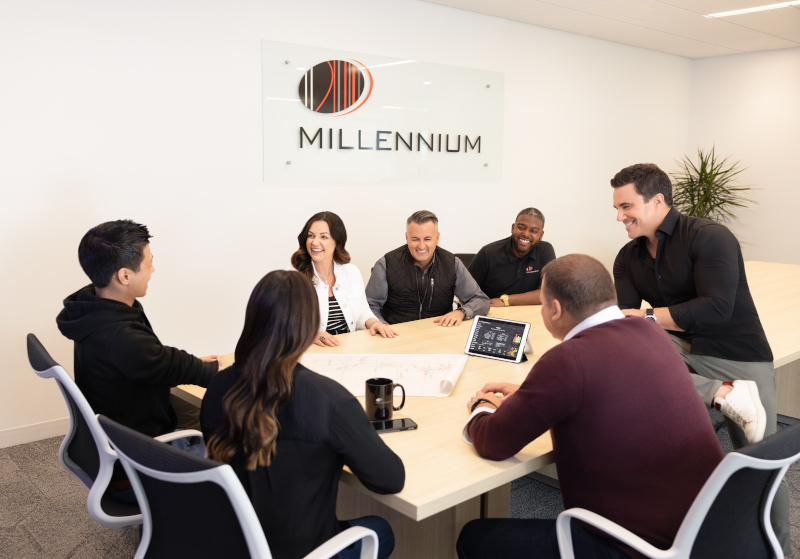
Strategic Vision and Future Growth
As Millennium looks towards the future, its growth strategy is rooted in enhancing its foundational services and ensuring a robust supply chain.
Kyle emphasizes the importance of this approach, stating, “First and foremost, we have to continue to work on this foundation of services and making sure that our supply chain is right. I call it SP3—services, product, placement, and price.” This strategic focus is critical for the company’s immediate plans, particularly for the next quarter.
Looking ahead, Kyle is optimistic about the opportunities presented by upcoming grant programs and the resurgence of construction projects. “We’re going to start to see some of the grant programs rolling in. We’re seeing a lot more construction projects kicking off,” he explains. Despite the market’s flat performance over the past ten months, he anticipates a growth rate of 9 to 10%. However, he is confident that Millennium can outperform this average. “Our goal is to outperform the market by 15 to 20%. Ideally, we’ll see somewhere in the neighborhood of 25 to 30% growth year over year for the next four to five years,” he asserts.
Regarding his personal drive, Kyle reflects on the significance of creating opportunities for others. “Twenty-five years ago, somebody gave me an opportunity in this industry, and it was exciting to be part of building the infrastructure that connects people,” he reminisces. This personal experience fuels his passion for creating similar opportunities for others.
“I love and get excited about the opportunity it creates for the people who work here and for clients who might not be able to build without our support,” he shares. He finds immense satisfaction in knowing that the company’s work impacts communities positively.
“The majority of people who are getting connected and realizing what that benefit is have no idea that we’re behind the scenes, and that’s okay. It’s knowing that we’re making an impact and doing something positive for the communities we serve that excites me,” he concludes.
AT A GLANCE
Millennium
What: A trusted partner in the telecommunications industry, delivering cutting-edge, innovative solutions to service providers that drive progress and empower successful networks worldwide.
Where: Delavan, Wisconsin
Website: https://www.mymillennium.us/
PREFERRED VENDORS
Oldcastle Infrastructure – https://oldcastleinfrastructure.com/
Oldcastle Infrastructure is North America’s leading provider of infrastructure solutions for projects that span the water, energy, communications, and transportation markets. Vertically integrated like no other company in our industry with expert engineering and manufacturing capabilities, we’re prepared to help solve the biggest infrastructure challenges and transform our changing communities.
Hyesung Cable & Communication Inc. – https://hscnci.com/
With over 30 years of expertise, Hyesung C&C is not only a leader in the field but also a pioneer in optical fiber cable solutions. The company effortlessly blends innovation with reliability to meet today’s connectivity demands. Offering top-tier customer solutions and innovative, technology-advanced products and services, Hyesung has laid the foundation for continuing to lead the optical fiber sector.
